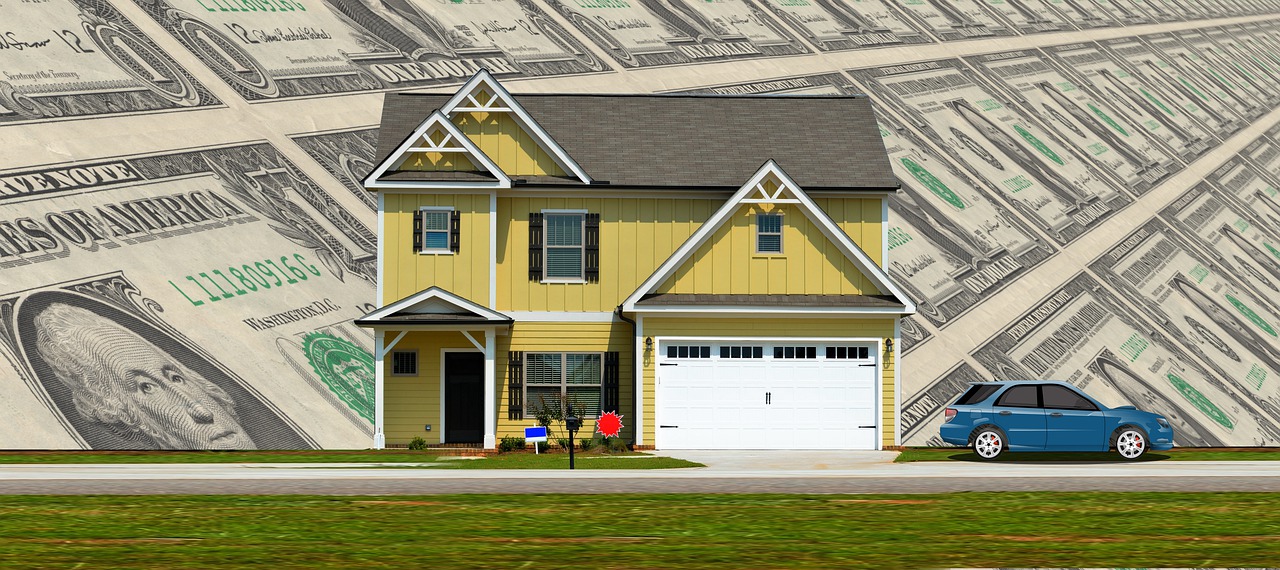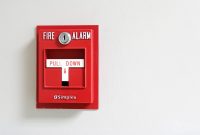When buying a landlord insurance policy, it is important to find one that includes liability coverage. This coverage can provide peace of mind and a safety net in the event of a claim. It is also a good idea to consider adding on equipment breakdown and other add-ons.
Liability coverage
If you’re a landlord, you need to have liability coverage in your landlords insurance policy. It will cover legal costs and medical fees for tenants if they get hurt on your rental property. Most policies include liability coverage, but you should check the specifics. In most cases, you don’t have to pay deductibles for liability claims.
Liability protection is an important part of landlord insurance, because it covers injuries caused by poor property maintenance. This coverage will also cover the legal and medical costs that may be involved in defending against lawsuits. Several different packages of liability coverage are available from insurers, and each package is designed to suit a particular landlord’s needs. For example, the DP-1 package is the least expensive and will cover the most basic risks. You should also look for common riders, which will save you money.
Property damage
A landlords insurance policy will pay for any damage to a tenant’s property, including intentional or accidental damage. Property damage claims can include lost rent or personal property. There are several steps to file a claim. The first step is to document the damage. The next step is to gather evidence.
Intentional or malicious damage occurs when a tenant steals or intentionally damages a property. This type of damage is not the same as vandalism and some policies treat intentional damage differently. For example, a tenant might stain a floor or carpet. While landlords insurance will cover accidental damage, it will not cover intentional or malicious damage.
In addition to damage coverage, a landlord should consider other types of insurance. Property damage insurance is designed to pay for the replacement cost of real estate, furnishings, and other belongings that are damaged due to irresponsible tenants. Ideally, the policy would pay for replacement costs rather than a predetermined cash amount. Another type of landlords insurance is lost rental income coverage, which pays for the cost of rent while the property is uninhabitable.
Equipment breakdown
One of the things that landlords insurance policies cover is equipment breakdown. Even if the equipment is modest, it can still cause trouble. This coverage can pay for repair or replacement expenses and cover lost income when a tenant cannot rent a property. In some cases, tenants are also responsible for the equipment at the building.
Equipment breakdown coverage is useful for home owners when their heating and air conditioning systems or boilers break down. The policy covers these essential appliances if they break down due to malfunctioning components, including electrical and mechanical components. This coverage complements your homeowners insurance policy and home warranties.
Add-ons
There are many add-ons to landlords insurance that can help you protect yourself from any unexpected situations. For example, liability insurance will help you pay for injuries that occur on your property. However, this policy does not always include a deductible. If your property is in a flood-prone area, you should also add flood insurance. Additionally, emergency coverage can help you pay for travel expenses to the home of your tenant in the event of an emergency.
If you rent your property out to tenants, you may need to replace or repair damaged furniture, appliances, or fixtures. Heavy damage to rental properties can cause a tenant to vacate, resulting in lost income. This policy covers the cost of replacing the furniture and fixtures in the event of a fire or other catastrophe. It also provides coverage for liability and personal belongings.
Flood coverage
If you own rental properties in areas prone to flooding, you may be required to provide flood insurance to your tenants. Sudden downpours and flash floods can cause your rental property to flood, so you should always ensure that your renter’s insurance policy covers flood damage. It is also important to consider whether or not your landlords insurance policy includes flood damage.
The cost of flood insurance depends on the coverage limits, risk, and the location of your rental property. Higher limits usually mean higher premiums. Additionally, flood insurance in high-risk areas is usually more expensive than for lower-risk rentals. Flood insurance policies are backed by the National Flood Insurance Program, which regulates the costs of flood insurance and maintains flood maps for every community in the U.S. NFIP-backed policies are typically the most affordable for rental property owners.



